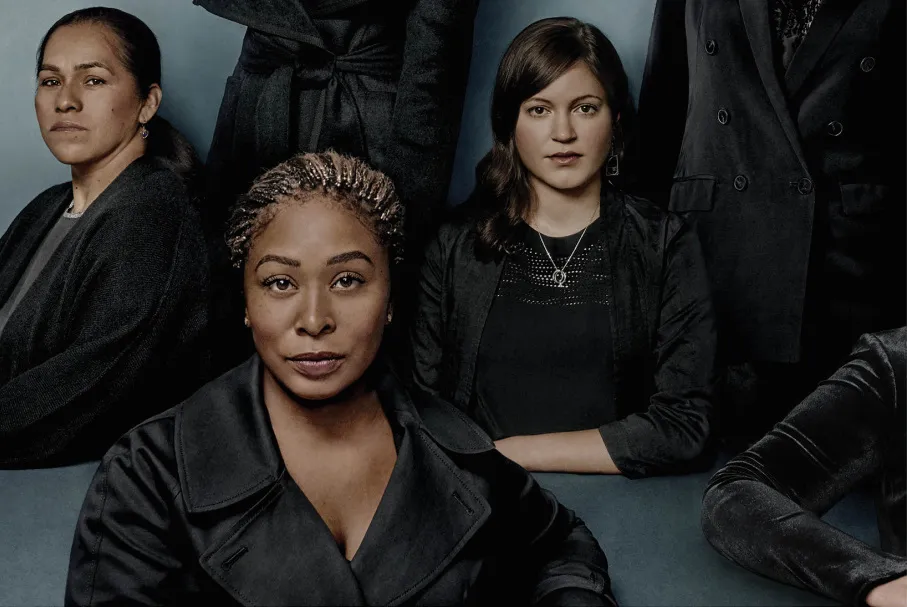Five women are on the cover of TIME’s Person of the Year issue. They come from five different industries, five very different backgrounds, illustrating the pervasiveness of sexual harassment in women’s lives.
There are more men and women featured inside the magazine, but those on the cover are Ashley Judd, Taylor Swift, former Uber employee Susan Fowler, a strawberry picker from Mexico going by the pseudonym Isabel Pascual, and Adama Iwu, a corporate lobbyist in California.
But there’s a sixth woman on the cover. If you look at the picture, you can see an arm in the lower right corner. That’s deliberate. It belongs to a hospital worker from a small town, who spoke with TIME under the condition of anonymity since she feared what would happen to her and her family if her story were made public.
She represents all the survivors of sexual harassment and assault who don’t come forward. Whether it’s because of the shame many victims feel or because they fear losing their jobs, there are countless reasons why women might not speak out. TIME’s correspondent Charlotte Alter said they “wanted to include people that reference the risk these women are taking by speaking out about this.”
There are others, though, whose absence from the cover has a lot of people upset. To start with, the #MeToo movement gained public attention when it was tweeted out by Alyssa Milano in October of this year. But that was ten years after the Me Too movement was created by Tarana Burke, a black woman. Burke was largely denied credit for the hashtag and movement sweeping the internet. While Burke is profiled inside the magazine, it seems like a massive oversight to leave her off the cover.
There are others that have been left out as well, both from the magazine and the larger conversation.
Our only question: Where is @KeshaRose? pic.twitter.com/NfoZUCUV1E
— BitchMedia (@BitchMedia) December 6, 2017
Imagine if TIME had included the people who came forward about R Kelly
— AB (@AlannaBennett) December 6, 2017
Dylan Farrow: Why has the #MeToo revolution spared Woody Allen? (via @latimesopinion) https://t.co/craIefNluA pic.twitter.com/whJalvujoF
— Los Angeles Times (@latimes) December 7, 2017
https://twitter.com/ira/status/938807489407074304
Adding to these disappointments is the anger a lot of people feel at Taylor Swift’s inclusion. Because while Swift’s fight against her own abuser cannot be discounted, she has been largely silent on how these issues affect other women, especially women of color. For many, Swift represents the lack of intersectionality in mainstream feminism, insisting instead on a compartmentalization of feminism that ignores the struggles as well as the work of women of color. So when women like Burke are left off the cover, but Taylor Swift is featured, it feels like a very predictable insult.
What are your feelings on the TIME cover?
(image: TIME)
Want more stories like this? Become a subscriber and support the site!
—The Mary Sue has a strict comment policy that forbids, but is not limited to, personal insults toward anyone, hate speech, and trolling.—










Published: Dec 7, 2017 06:08 pm